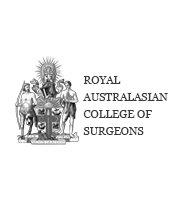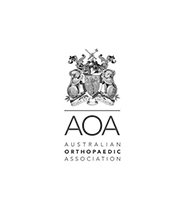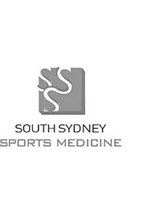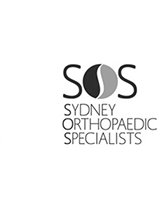Glenoid Labrum Tear
The glenoid is the shallow cavity of the shoulder blade (scapula). The ball-shaped head of the upper arm bone (humerus), articulates with the glenoid to form the ball-and-socket joint of the shoulder joint.
A soft tissue cartilage ring surrounding the socket, called the labrum, further deepens the socket and adds to stability. The labrum can get injured by falling on an outstretched arm, lifting a heavy object or from a direct blow to the shoulder. The condition may be associated with other injuries such as shoulder dislocation.
Depending on their location, they can be categorized as either a
- SLAP lesion or
- Bankart lesion (starting below the middle of the glenoid).


What are the symptoms of glenoid labrum tear?
Symptoms of a glenoid labral tear include
- shoulder pain
- catching or popping of the arm,
- instability
How is a glenoid labrum tear diagnosed?
When you present to the clinic with these symptoms, Dr Harper will:
- perform a thorough history and physical examination
- order X-rays, or CT or MRI scans to determine the extent of the labral tear and other associated pathology
What are the treatment options?
Conservative treatment of labral tears involves:
- Pain management
- Activity modification
- Physiotherapy to restore range of motion, strength and endurance.
If despite maximising non-operative treatment, pain and disability persists, surgical options can be considered. The labral tear can be repaired with small anchors and sutures. Tears to the superior labrum may require transfer of the attached biceps tendon outside the shoulder joint (biceps tenodesis).Any associated damage to the surrounding tendons or ligaments can also repaired.





